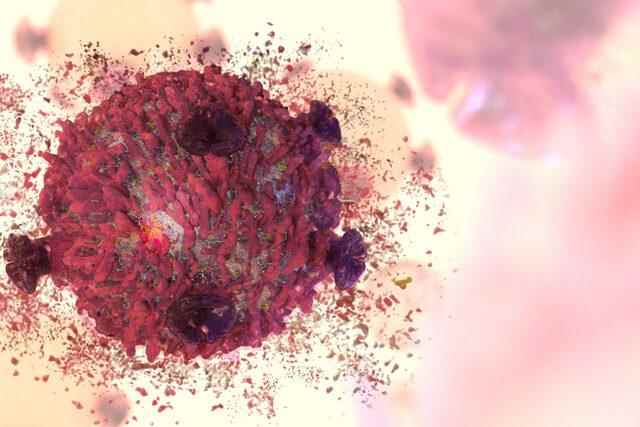Acıbadem Altunizade Hospital Pediatric Hematology and Pediatric Oncology Specialist Prof. Dr. Cengiz Canpolat stated that the most important problem in the diagnosis of leukemia is that it cannot be understood early, “Early diagnosis of the disease is difficult because it can be confused with many diseases. In fact, the fatigue caused by the peculiar mobility of childhood and the bruises that lead to the thought of hitting something on the legs may be insignificant, or they may be the first signals of this serious disease. For this reason, it is very important that parents pay attention to some unusual situations in their children and consult a doctor without wasting time.
Stating that there is little social awareness about leukemia, Prof. Dr. Cengiz Canpolat, in his statement within the scope of the 2-8 November Children with Leukemia Week, explained the symptoms that cannot be neglected in leukemia, made statements about the latest developments in treatment, and made important warnings and suggestions.
bruises on the upper leg
Stating that leukemia constitutes 25-30 percent of childhood cancers, it is the most common type of cancer in children in this regard. Dr. Cengiz Canpolat says that the disease most commonly occurs between the ages of 2-5.

Emphasizing that parents should pay attention to the bruises on their children’s bodies, Prof. Dr. Cengiz Canpolat says: “Not every bruise should be attributed to the child’s mobility and mischief. Bruises that occur spontaneously or with a slight impact on the body may be insignificant, or they may also be signals of this serious disease. Bruises on surfaces with bone underneath, such as on arms and legs, may be due to impact, but those on soft areas are significant and should be shown to a doctor. It is not normal for a huge bruise to occur with a very light blow and a doctor should be consulted without wasting time.

NOSE AND GINGUAL BLEEDINGS
Since leukemia is a disease that affects blood cells, it can cause various bleedings. For example; It is necessary to be careful about small point bleedings and nose and gum bleeding that do not go away in the children’s body. According to the researches, one of the most important symptoms of leukemia is long-lasting and persistent gingival bleeding, Prof. Dr. Cengiz Canpolat says that parents should observe their children without panic and should not neglect to consult a doctor.

GROWTH AND PAIN IN LYMPH Glands
Acıbadem Altunizade Hospital Pediatric Hematology and Pediatric Oncology Specialist Prof. Dr. Cengiz Canpolat stated that the enlargement of the liver, spleen and lymph nodes may be one of the symptoms of leukemia, and said, “In addition, in case of prolonged fever of unknown origin, some tests should be performed to rule out leukemia, and the patient should be followed closely. Pain in the arms and legs can be seen in about 25 percent of the patients. These pains can be attributed to rheumatic causes or rapid growth, which is an important cause of delay in diagnosis and treatment. For this reason, arm and leg pain that lasts for a long time and does not respond to painkillers should not be interpreted as growing pains, and a doctor should be consulted.

QUICK FAILURE
Mobility in childhood can also bring fatigue. But beware! Stating that fatigue is often innocent, it can sometimes be one of the important symptoms of leukemia. Dr. Cengiz Canpolat says, “Since symptoms such as weakness, fatigue, and pale skin due to anemia in leukemia can be important signals, it is very important for parents to observe the children well and bring them to the nearest health center without wasting time in unusual situations.” prof. Dr. Cengiz Canpolat stated that if leukemia is suspected with the preliminary examinations, the child should be evaluated in a center with a Pediatric Hematology-Oncology department and said, “The definitive diagnosis is made by taking the patient’s bone marrow and examining it in the relevant departments. It is important to be prompt in diagnosis and to start treatment as early as possible.
